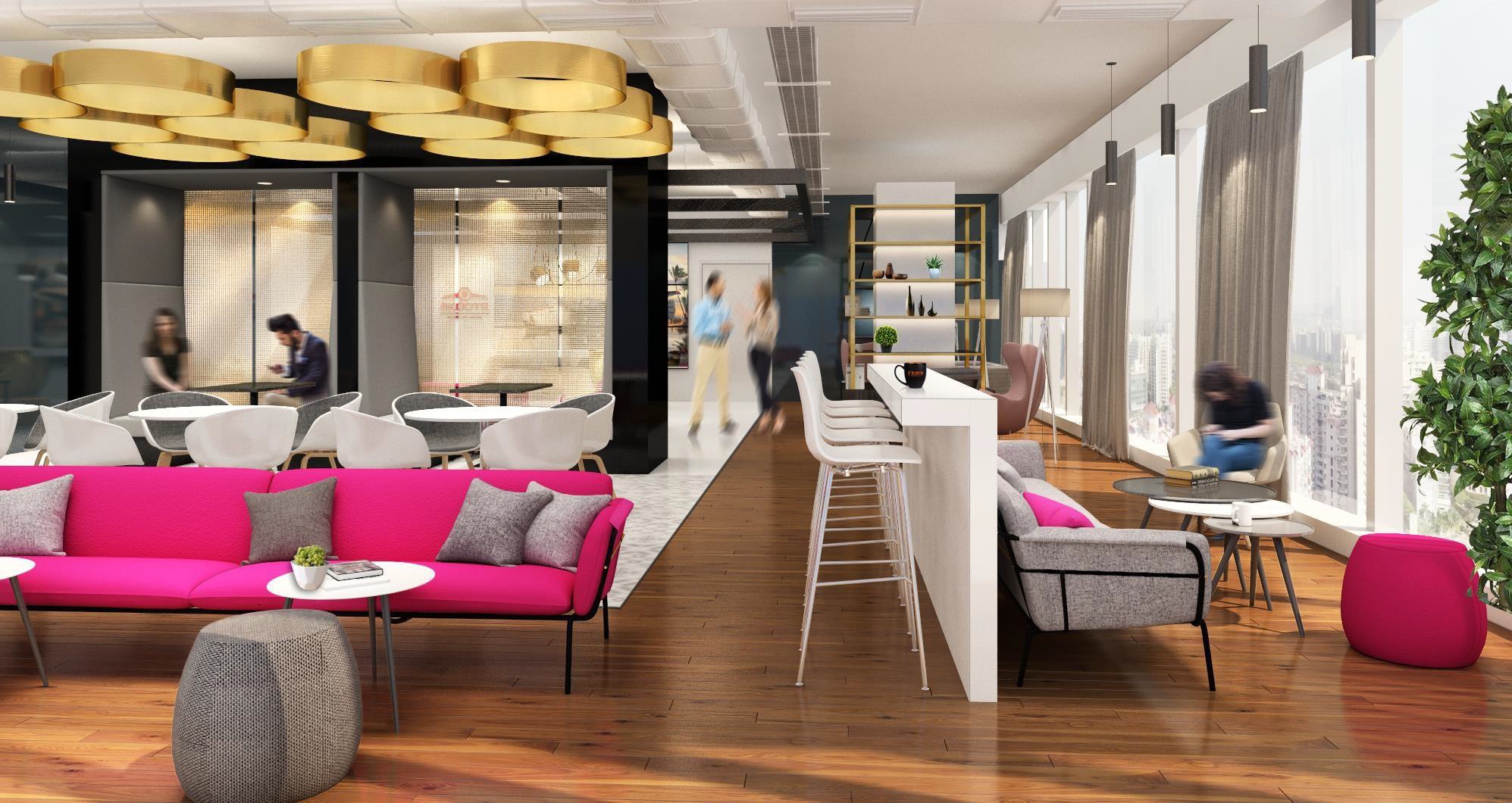The largely unknown nature of the coronavirus has caused much speculation and uncertainty along all industrial avenues. Amidst the chaos, companies face significant challenges as they attempt to prepare the workplace of the future. While the times are as worrisome as they could be, business leaders have a unique opportunity to shape how employees do the work in the future without compromising on their safety as flexible workspace providers formulate new techniques to offer a more conducive and adaptive ecosystem to cope with disruptive elements.
The offices of the near future having possibly survived the virus aftermath will lay a greater emphasis on sanitization and hygiene as the core of office design & employee well-being. Sustainable and employee-friendly features such as indoor air quality, ventilation systems, touch-less workspace design, water drainage systems, and other indoor environmental features that meet global hygiene standards will attract stronger demand in the long term.
- Inclination towards wellness-oriented designs
Occupiers will place a stronger emphasis on meeting international standards of building specifications as they strengthen their commitment to employee health and wellness. Grade A properties with sustainability, safety, and wellness features, particularly those related to indoor air quality, ventilation systems, water drainage systems, and other indoor environmental features, will draw greater claim in the future.
- De-densification of workspaces
The new pivotal point in the segment of workspace design is social distancing. A rise in the demand for private offices as compared to coworking is highly probable, given the consciousness towards close proximity between people. Industry standards are likely to improve, wherein the unit space acquired by individuals may go up considerably. Hence, the workspace designs will embody a comfortable density of people to maintain appropriate distance and cleanliness.
- Sensitivity towards surfaces
The agile workspace providers such as Skootr are working towards identifying and developing a touch-less system in areas of high activity and interaction such as reception, meeting rooms, cafeteria, and lobby. When it comes to aesthetics, designers are looking at alternatives to source such fabric & surface materials for the interiors, which can be treated with cleanable solutions, without ruining its integrity, to avoid the possibility of any pathological contamination.
- Well-sanitized common areas
Regular cleaning and sterilizing of common areas, improved footfall management equipped with screening protocols along with the prerequisite of isolation zones within offices will become an essential part of every workspace. Asset managers of properties that include mutually shared services such as cafes, retail and agile spaces will need to improve their existing hygiene policies to safeguard tenants and employees from any health-related risks in the future.
Throughout all economic and social avenues, including the real estate sector, factors such as reduced demand and delayed business decisions are creating significant impediments to business operations. However, there emanates an encouraging glimmer of hope that what appears to be an enormous hurdle to businesses is, infact an opportunity to grow, learn, and evolve. At Skootr, we are dedicated and are ready to take up these challenges head-on with a positive resolution. And, with this dedication and perseverance, we see the office sector will recover ultimately.
Written by : Mr. Ankit Jain, Co-Founder & Director- Skootr Offices.











